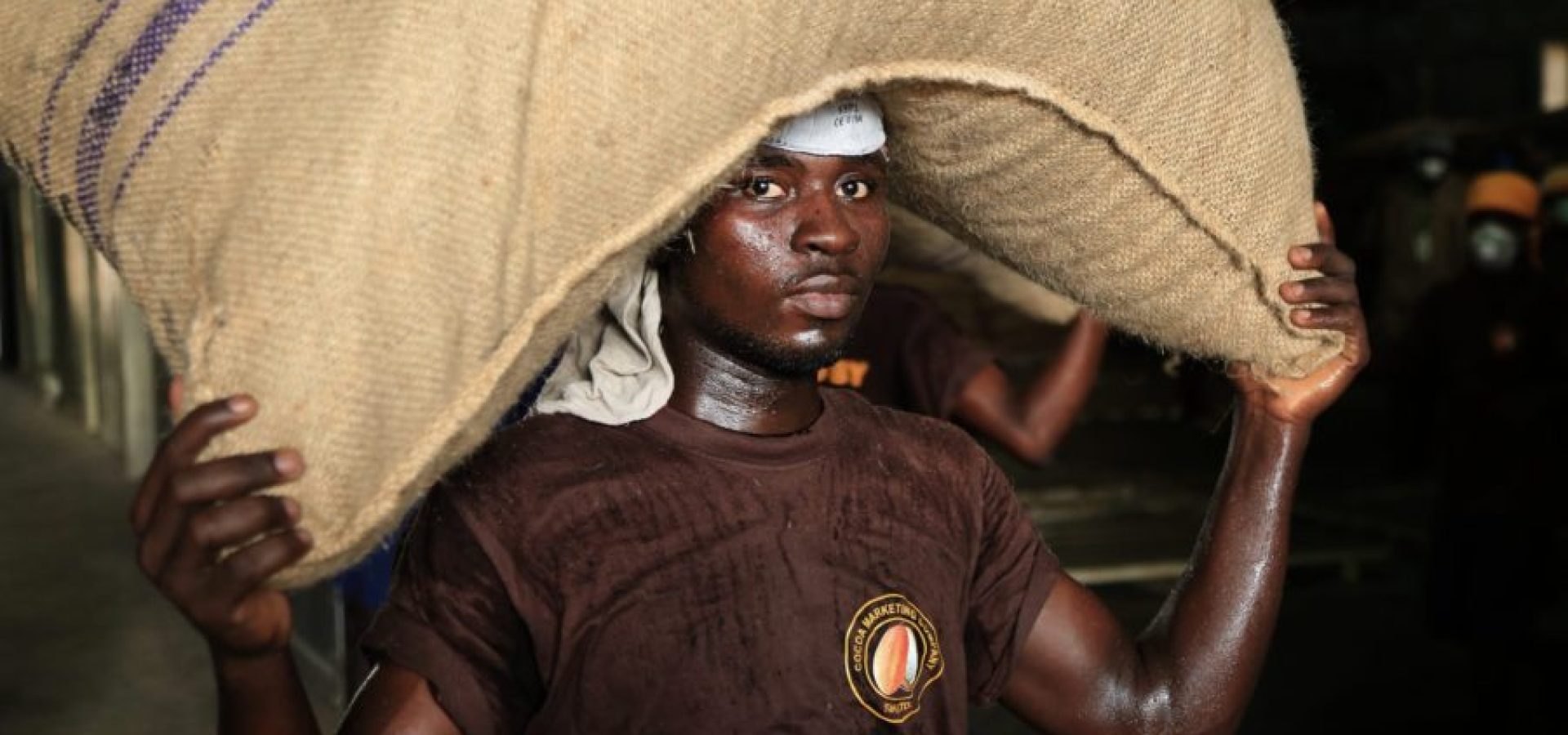Quick Look:
- Cocoa prices have skyrocketed, doubling in early 2024 and tripling over the past year.
- Major chocolate companies face stock declines and increased production costs, pushing chocolate to become a luxury commodity.
- Financial analysts highlight the negative impact on companies like Hershey, with consumer behaviour shifting due to rising prices.
In an unprecedented shift in the commodities market, cocoa prices have dramatically increased, doubling at the start of 2024 and tripling over the last 12 months. This surge has significantly overshadowed traditional investments like Bitcoin, leading to hedge funds facing their most substantial exposure to cocoa. The implications of this trend are profound, with chocolate poised to transition into a luxury commodity.
Cocoa Deficit Hits 405%: A 60-Year High
Analysts caution that the situation will likely worsen as the cocoa industry grapples with a supply shortage of monumental proportions. A 405% increase in the deficit — the largest in over six decades — stems from several production challenges in West Africa, including extreme weather conditions, ageing cacao trees, and prevalent diseases. This shortage has prompted warnings from financial experts about the unprecedented exposure hedge funds now face in the cacao market.
The financial repercussions are already evident, with hedge funds’ investment in cacao reaching $8.7 billion. Major chocolate companies have seen their stock values plummet by 23%, exemplifying the significant impact on the industry. CEOs of leading chocolate producers are vocal about the challenges ahead, emphasizing the necessity of leveraging every available strategy. This includes pricing adjustments, to sustain their businesses amidst rising cocoa prices. The continuous price hikes, particularly noted in the chocolate sector, underscore the escalating costs and the potential for chocolate to become a luxury.
Cocoa Crisis Forces Major Industry Shake-up
Financial analysts have warned investors, pointing to companies like Hershey Co., which have been particularly hard-hit by the steep rise in cocoa prices affecting their gross margins. This situation has led to underweight ratings and downgrades from major financial institutions, further indicating the strain on the chocolate industry.
The consumer impact is equally significant, with potential effects ranging from chocolate bars turning into luxury goods to ‘shrinkflation.’ Companies like Hershey have responded with price hikes during key occasions such as Valentine’s Day and Easter, while Mondelez has implemented larger-than-average price increases across its brands.
Sales data reveals a complex picture: U.S. chocolate spending reached $19.3 billion, with a 5.8% increase in spending. However, the quantity of chocolate purchased has decreased by 5.4%, highlighting the changing consumer behaviour in response to price hikes.
Industry-Wide Challenges and Responses
The industry faces additional challenges, with companies like Barry Callebaut and Blommer Chocolate Company taking drastic measures such as shutting down manufacturing plants and laying off workers, with Barry Callebaut cutting 2,500 jobs or 19% of its workforce.
The primary drivers behind the cocoa price increase include extreme weather conditions in West Africa, with prices rising 150% from a year ago to $10,000 per metric ton. The individual impact is noticeable, with consumers experiencing significant price increases in everyday chocolate products.
Industry commentary further illustrates the severity of the situation, with businesses being forced to nearly double chocolate prices. This has profound implications for the industry, consumers, and financial markets, marking a critical juncture in the global chocolate market.









COMMENTS